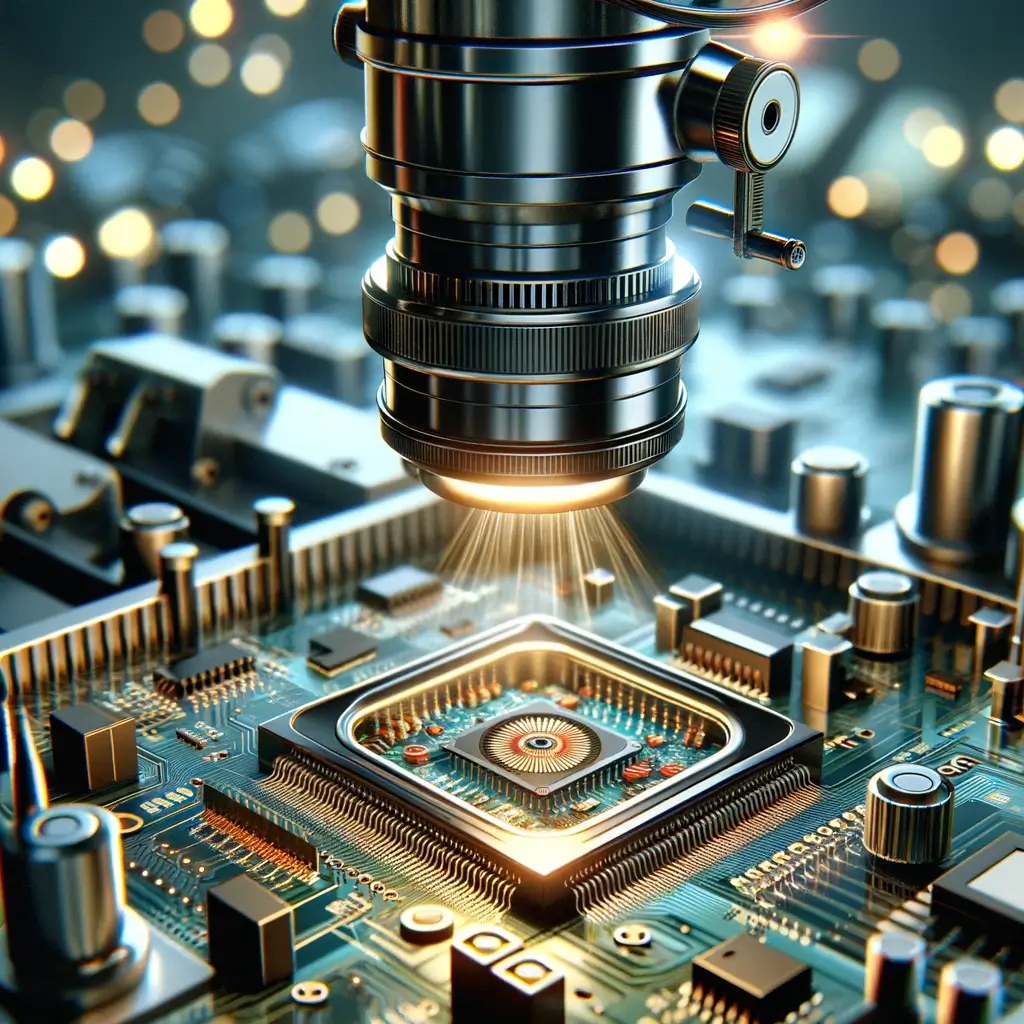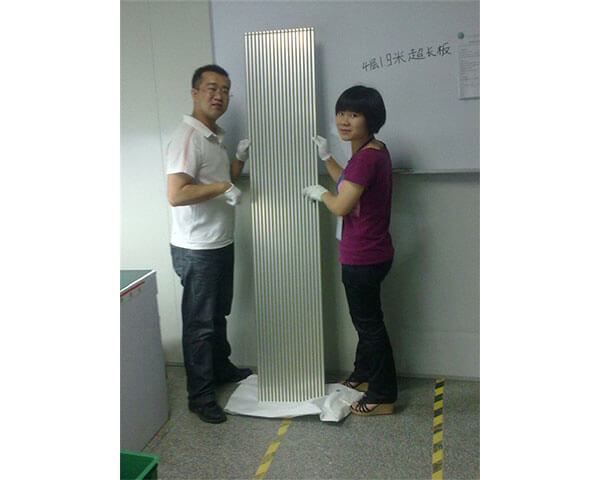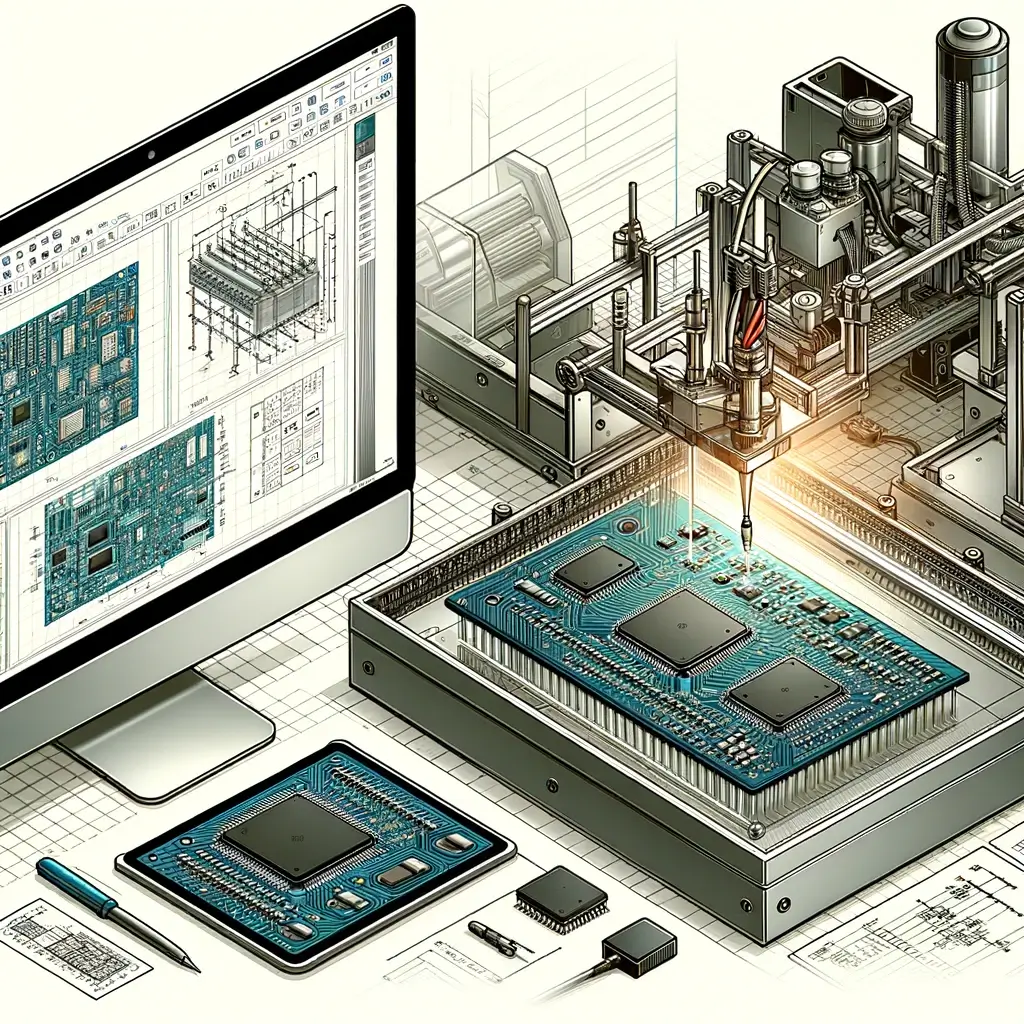Printed Circuit Boards (PCBs) are composed of a wide range of electrical elements. The most decisive elements that are utilized in PCB assemblies are resistors, capacitors, diodes, and transistors. This blog is meant to familiarize you with these critical elements that contribute largely in the successful electronics assembly manufacturing of PCBs.
An Overview of the Four Vital PCB electronics Components
Let us understand the role of resistors, capacitors, diodes, and transistors in a PCB.
Resistors, these elements play a crucial role in regulating the current flow to a safe limit. Resistors perform a vital task of providing only the required biasing for the successful functioning of other elements like Integrated Circuits (ICs), and transistors. Several types of resistors are available to handle different amounts of electrical power.
Capacitors, the role of capacitors in a PCB is to store energy as an electrostatic field for a long period of time. Capacitors are made of two conducting plates, separated by an insulating material. They are available in several models to handle different amounts of electrical pressure or voltage.
Diodes, these components are responsible for transmitting current in one direction, whilst blocking current flow in the opposite direction. There are several types of diodes available that differ in structure, method of operation, and type of installation. The most commonly used types of diodes are:
Backward diode
Gunn diode
diode
Light emitting diode
PIN diode
PN Junction diode
Transistors, a transistor, which is a three terminal device, performs the crucial task of switching or amplifying electronic signals. Choosing the right transistor is of paramount importance as it determines the efficient functioning of the entire assembly. Generally, manufactures considers the application area, and total power dissipation, among many others, when choosing transistors to integrate in the PCBs.
Selection of these components demands close attention to details. Choosing the right type according to the design, application, and intended service period of the PCB holds great significance. An informed selection of these elements determines the durability, and efficient functioning of the final assembly.



